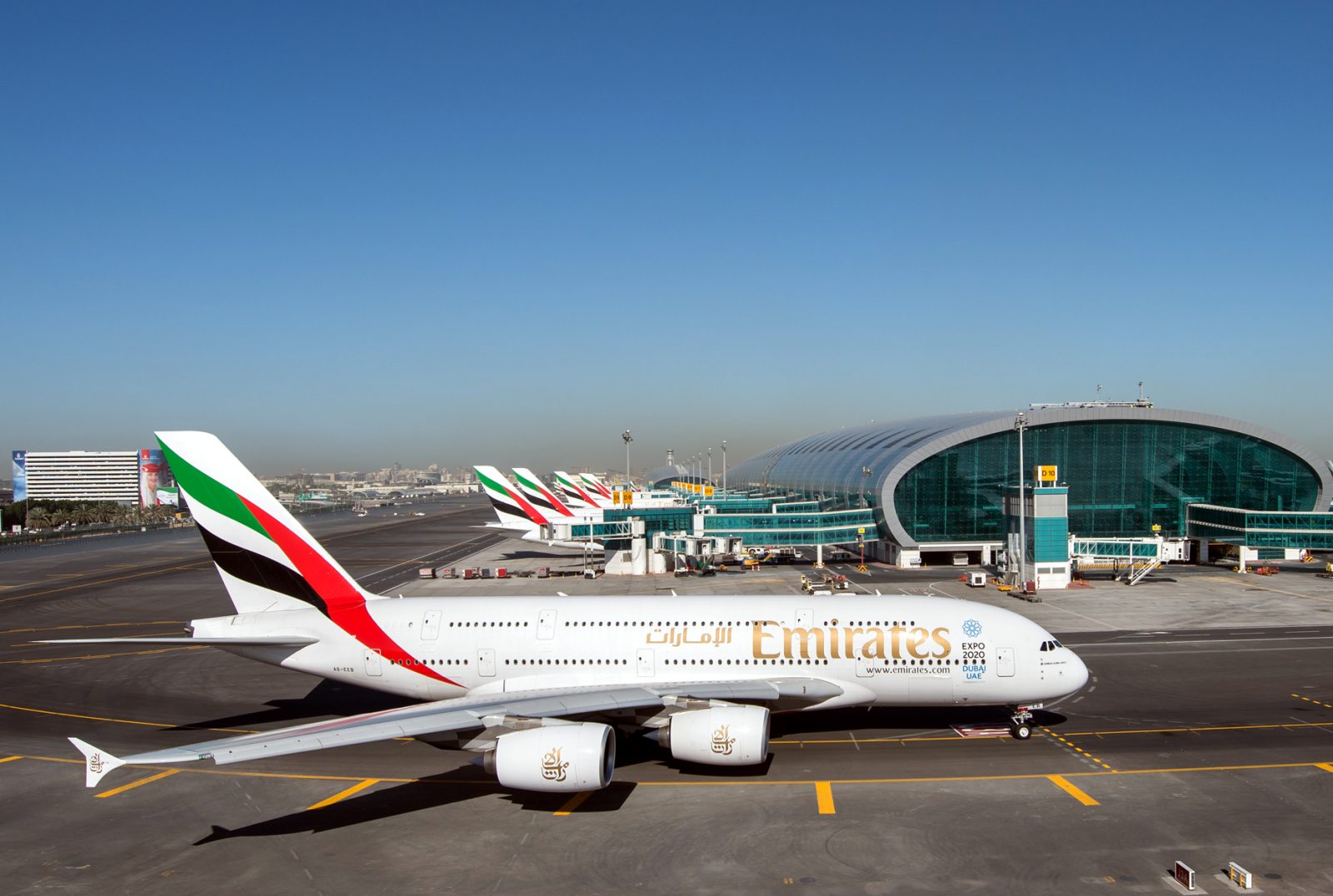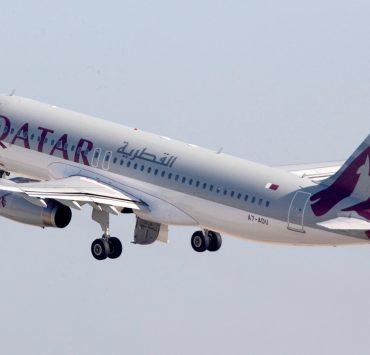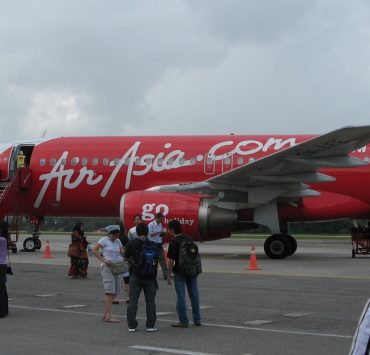
The last couple of years have been particularly hard for airlines in the Middle East. Profits at Emirates dropped a massive 80% in 2016 to just $340 million USD due to a major fall in regional business travel, overcapacity, concerns over terrorism and the so-called US ‘Laptop Ban’. The situation at neighbouring Etihad Airways in Abu Dhabi was even worse – recording a $1.87 billion USD loss last year.
And only yesterday, we learnt that Oman Air’s chief executive Paul Gregorowitsch had unexpectedly resigned from his role. The state carrier has been perennially in the red as it drives forward with a massive expansion plan. It’s believed the airline lost around $300 million USD last year.
Even Qatar Airways – one of the fastest expanding airlines in the history of civil aviation is facing its own problems. A blockade imposed by neighbouring Arab nations since June has put the airline under a lot of pressure and forced Qatar Airways to expand into other markets.
But despite all of these woes, European aircraft manufacturer, Airbus thinks these problems are just growing pains. According to research from the Airbus Global Market Forecast, airlines in the Middle East are not only going to recover but go on to more than double in size.
Currently, the combined fleet size of airlines in the region total around 1,250 aircraft. But over the next two decades, Airbus estimates that will double to 3,320 – the total cost of the investment will set Gulf airlines back a massive $600 billion USD.
Admittedly, some of those new aircraft orders will be needed to replace ageing aircraft but the bulk will go towards driving a massive expansion:
- 520 needed to replace ‘older generation’ aircraft.
- 2,070 new aircraft required to drive growth in the region.
- Over 1,000 single-aisle aircraft such as the Boeing 737 or Airbus A320.
- 1,080 will be widebody, twin-aisle aircraft like the Boeing 777 or Airbus A350.
- And 430 ‘very large aircraft’ – most likely to be the Airbus A380.
The worlds largest operator of the A380 superjumbo is the Dubai-based Emirates. Later this year, the airline will take delivery of its 100th A380 – Some nine years after first taking delivery of the iconic aircraft. Emirates has a total of 142 A380’s on order but the future of the aircraft still remains uncertain.
Meanwhile, Qatar Airways currently has over 200 aircraft on order – over half of which are widebody jets. On top of that, the airline recently announced yet another new order with Boeing – on this occasion, totalling $2.16 billion USD.

Passenger growth in the region also remains set to smash the global average over the next two decades. Currently estimated to increase by 5.9% every year until 2036. Airbus believes Latin America will drive that growth as passenger numbers in traditional markets remain steady.
“The region’s proximity to the world’s population and growth markets has been a key in its aviation success and Airbus is proud to have been a partner in its development from day one,” explained John Leahy from Airbus.
Currently, the Middle East is served by what Airbus describes as 5 ‘aviation mega-cities’ (like Dubai, Abu Dhabi and Doha) – over the next 20 years that number will more than double to 11 cities throughout the region.
Mateusz Maszczynski honed his skills as an international flight attendant at the most prominent airline in the Middle East and has been flying throughout the COVID-19 pandemic for a well-known European airline. Matt is passionate about the aviation industry and has become an expert in passenger experience and human-centric stories. Always keeping an ear close to the ground, Matt's industry insights, analysis and news coverage is frequently relied upon by some of the biggest names in journalism.









